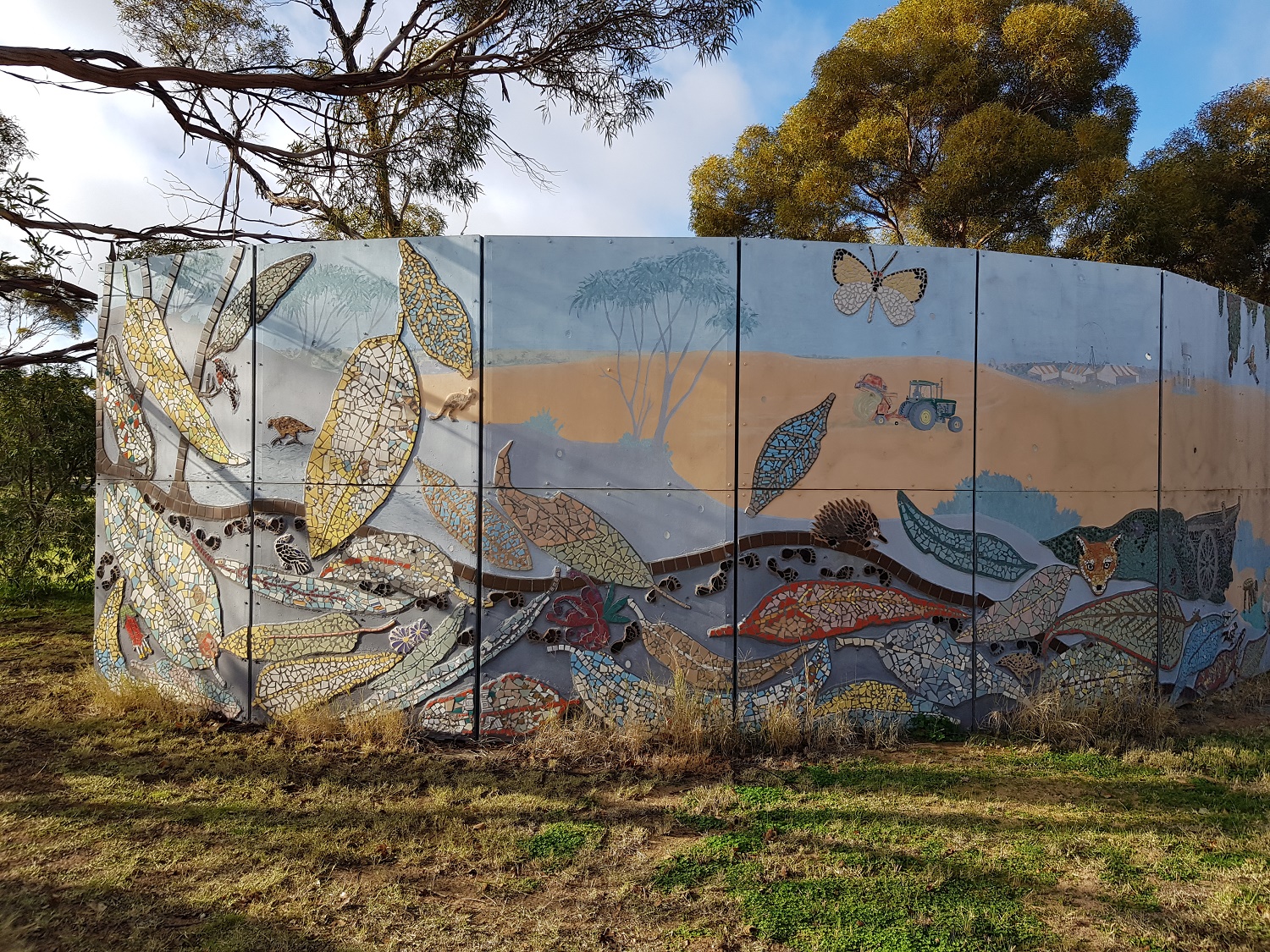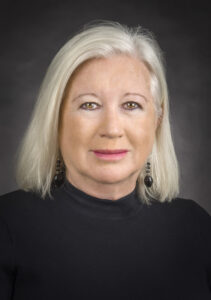
The Pinnaroo Project, a collaborative initiative between Flinders University and the local community, funded by an NHMRC Partnership Grant recently concluded its three-year project, leaving a lasting impact on mental health and overall wellbeing in the rural South Australian town.
Originating from a community subgroup interested in the arts, the community-led project sought assistance from Flinders University Caring Futures Institute’s Professor Robyn Clark, to investigate the correlation between art engagement and community health. The primary focus was on mental health improvements for both adults and children. Notable findings emerged, revealing positive changes in risk factors, particularly among junior primary children, fostering healthier habits.

Over the course of three years, the project hosted 47 registered activities, offering a diverse range of experiences from silk screening and oil painting to ceramics and photography. Professor Clark spoke highly of the introduction of accomplished artists who enriched Pinnaroo’s cultural scene, with a focus on genuine artistic expressions rather than traditional craft fairs.
“The significance lies in their utilisation of the funding to bring genuine artists to town, showcasing expertise in silk screening, oil painting, ceramics, or photography. Pinnaroo experienced the presence of these remarkable professionals, turning it into an exhibition of authentic artistry rather than a mere craft fair – a truly high-level, professional artistic endeavour.”
Beyond traditional boundaries, the project featured various activities such as writing, singing, light shows, and metalwork for the ANZAC memorial garden. The involvement of families in these endeavours played a crucial role in enhancing children’s wellbeing and fostering a sense of community. Professor Clark drew a direct link between the children’s wellbeing and the special time spent with their caregivers.
“In exploring children’s mental health, we theorised that many activities were intertwined with parental involvement. Family events, exemplified by the impactful creation of paper mâché lanterns, stand out. The culmination was a breathtaking parade around the oval one night – a truly spectacular sight.”
Deb Colwill, Co-chair of the Pinnaroo Project, highlighted the significant role of both large and small workshops in the project. “Each type provided distinct value, with small workshops creating a more personal and intimate communication space, and larger ones drawing in a diverse community cohort. The activities effectively bridged generations, uniting individuals from various walks of life.”
Pinnaroo’s proactive approach to bettering the health of their community, included the participation of nearly a quarter of the population in annual free health checks. These screenings covered a spectrum of health metrics including blood pressure, blood glucose, height, and weight while also emphasising mental wellness, in a community with limited access to medical services.
Pinnaroo resident Julie Wallis reflected on her experience and the impact her personally, “The project activities created a platform for me to meet and connect with new people, some of whom have been local residents for years, yet our paths had not crossed before. And at the same time, I was able to try new things and forget about my worries for a while.”
The project’s outcomes defied expectations, demonstrating the viability of arts in health interventions outside traditional healthcare settings. The success has sparked interest from other towns, with inquiries from Hay, Bendigo, and the Barossa seeking to replicate the program’s positive impact.
The success of the Pinnaroo Project is not only attributed to the transformative impact on community health but also to the unique co-design process employed to shape the model of care. The Pinnaroo community actively participated in crafting a tailored approach that integrates art and health, resulting in a model that resonates with their specific needs and values.
This collaborative effort ensures that the model is not only effective but also culturally sensitive and contextually relevant. Now, with the conclusion of the project, this meticulously co-designed model stands as a testament to the power of community-driven healthcare solutions.
Its adaptability and transferability make it a promising template that can be replicated and used in various regions across Australia, offering a blueprint for communities to proactively address health challenges through locally informed and community-centred approaches.
Going beyond health screenings, the project involved student nurses, nutritionists, and psychologists in the community. Educational components, health competitions, and robust messaging added depth to the initiative. Strong relationships were fostered, illustrating the collaborative spirit between Flinders University and the Pinnaroo community.
As the project concludes, its influence extends beyond statistics, narrating stories of transformed lives and a strong community. The Pinnaroo Project serves as a practical model, showcasing the potential of arts in health to enhance holistic wellbeing and inspire communities to actively engage in shaping their health journey.

